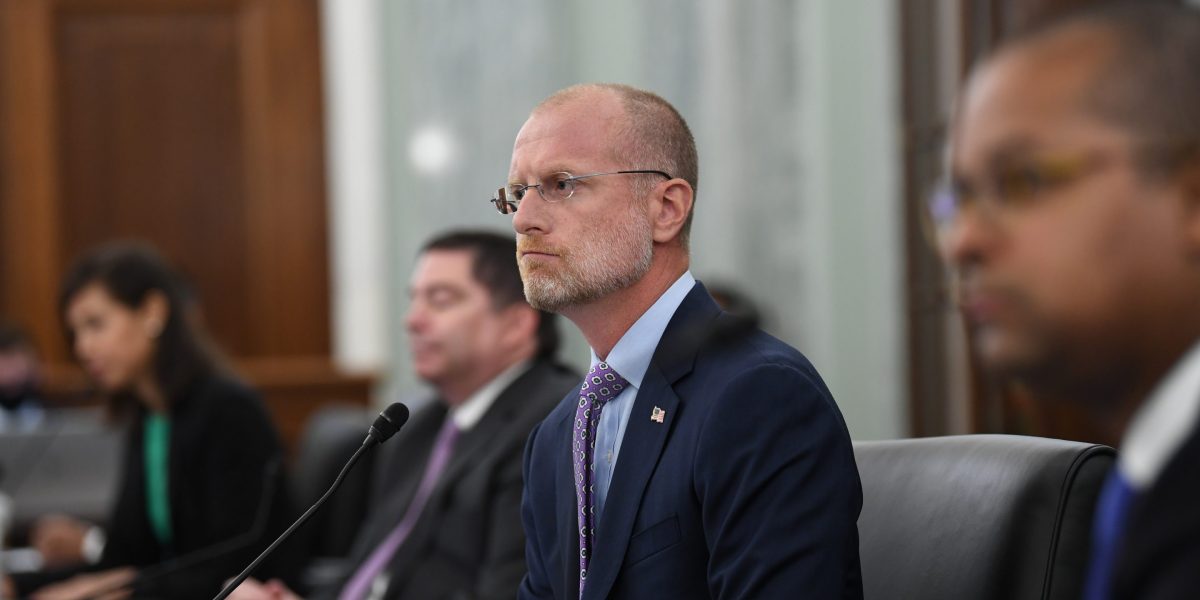Ripple CTO Back in Code, Here’s What He’s Building for XRP

A couple of days after surprising the XRP community with the news that he had built and deployed a fully operational XRPL server out of his own pocket, Ripple CTO David Schwartz is already thinking about what comes next — and no, it is not more hardware. This time, it is about visibility.
Back in early August, Schwartz said he is planning to write a custom monitoring tool to track the performance and activity of his setup. This is specifically to support tools like rrdtool or Cacti.
It might sound like a side project, but it is actually based on the same ideas that went into the hardware build: keep it simple, strong and built specifically for XRPL. The server, which is in a New York datacenter and runs Ubuntu with a 9950X processor, 256 GB RAM and a 10 Gbps unmetered link, is already syncing and providing live connectivity.
Schwartz confirmed it can realistically handle 192 server connections and possibly more but wants to keep plenty of headroom in reserve for moments of network stress or instability.
What’s next?
There are not any monitoring graphs yet, but that is what the next step is for. Actually, while one of his followers suggested using Grafana, Schwartz just dismissed it, saying that it is not necessary for what he is building.
It is not about fancy dashboards — it is about understanding how the infrastructure performs under pressure and making sure it stays reliable, even in unpredictable situations.
The project is still personal and independent, with no official Ripple involvement, but the implications for XRPL’s decentralization are real. With Schwartz back in the trenches running infrastructure directly, the network might gain not only more connectivity but also sharper insights into how it performs outside the lab.

